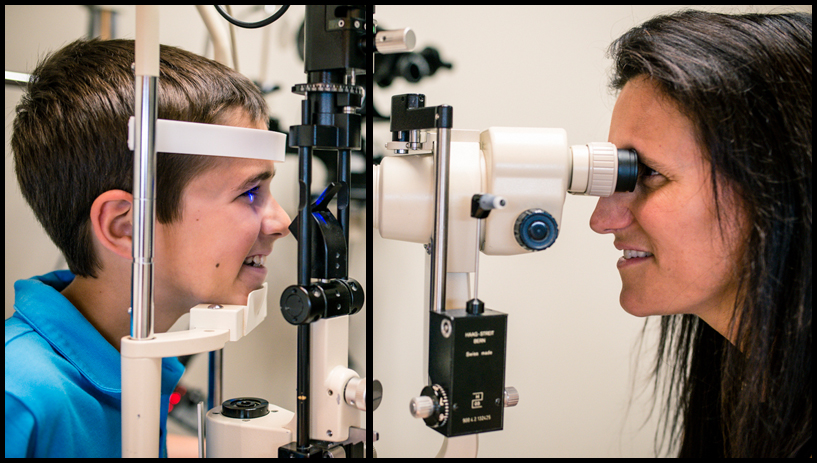-
Floaters are tiny pieces of material formed inside the vitreous, a gelatinous liquid which fills the eye cavity. “Floaters”, generally, consist in heaps of condensed proteins, which circulate in the vitreous. These cells, usually, originate in the destruction of an eye membrane, “the hyaloid artery”, which is done, during the embryogenesis that is: the formation of the foetus. These particles therefore, float in the eye for life. They can have the appearance of tiny flies or cobweb.
Know more -
- 01 Oct
The dry eye syndrome is an ensemble of symptoms caused by a decrease in quantity or quality of tear production. This problem bothers many people. In fact, it’s the most common ocular condition. You should know that, two types of tears are produced by the eyes.
Know more -
- 01 Nov
Very often, glaucoma, is a condition in which the pressure inside the eye (intra-ocular pressure) becomes abnormally high leading to visual impairment. It’s one of the principal causes of blindness in North America. In fact, one person out of 30, over the age of 40, is at increased risk. Many people with glaucoma are unaware of it. Usually, there are no warning symptoms in the early stages of this sickness, there is no cure for glaucoma and the damage to the optic nerve can’t be reversed. There are good news: an early diagnosis offers the best chance of successful treatments and good tests. If the exams are done regularly the sickness will be detected in its early stages and prevent an important visual loss. As glaucoma may not come with any symptoms, initially, everyone over 18, should have a periodic detection, to protect their vision from this eye disease, according to their optometrist recommendations.
Know more -
- 01 Dec
Diabetes is a chronic sickness in which, an excessive rate of sugar is caused in the blood-stream, a condition that may affect: eyes and vision. A blurred and troubled vision, diplopia (occasional, double vision) a peripheral loss of vision, dazzlers and floaters, may be associated to diabetes symptoms. Sometimes, the first signs of diabetes are detected during a complete eye exam, even before the patient felt the symptoms. Diabetes can modify myopia, or hyperopia. Diabetes may be the cause of cataracts and glaucoma or a defect in the coordination of ocular muscles (strabismus) and reduced corneal sensibility. However, diabetic retinopathy is the worst ocular affection, associated to diabetes.
Know more -
- 01 Jan
Macular degeneration is the principal cause among people over 55 years old, leading to blindness. This condition most commonly affects older adults, so it’s referred to, as age related macular degeneration (A.R.M.D.). It will affect more than 1/3 of people between 64 and 74 years old and 40% those over 75.
Know more
- 819.824.4703
- Contact us
- Opening hours

